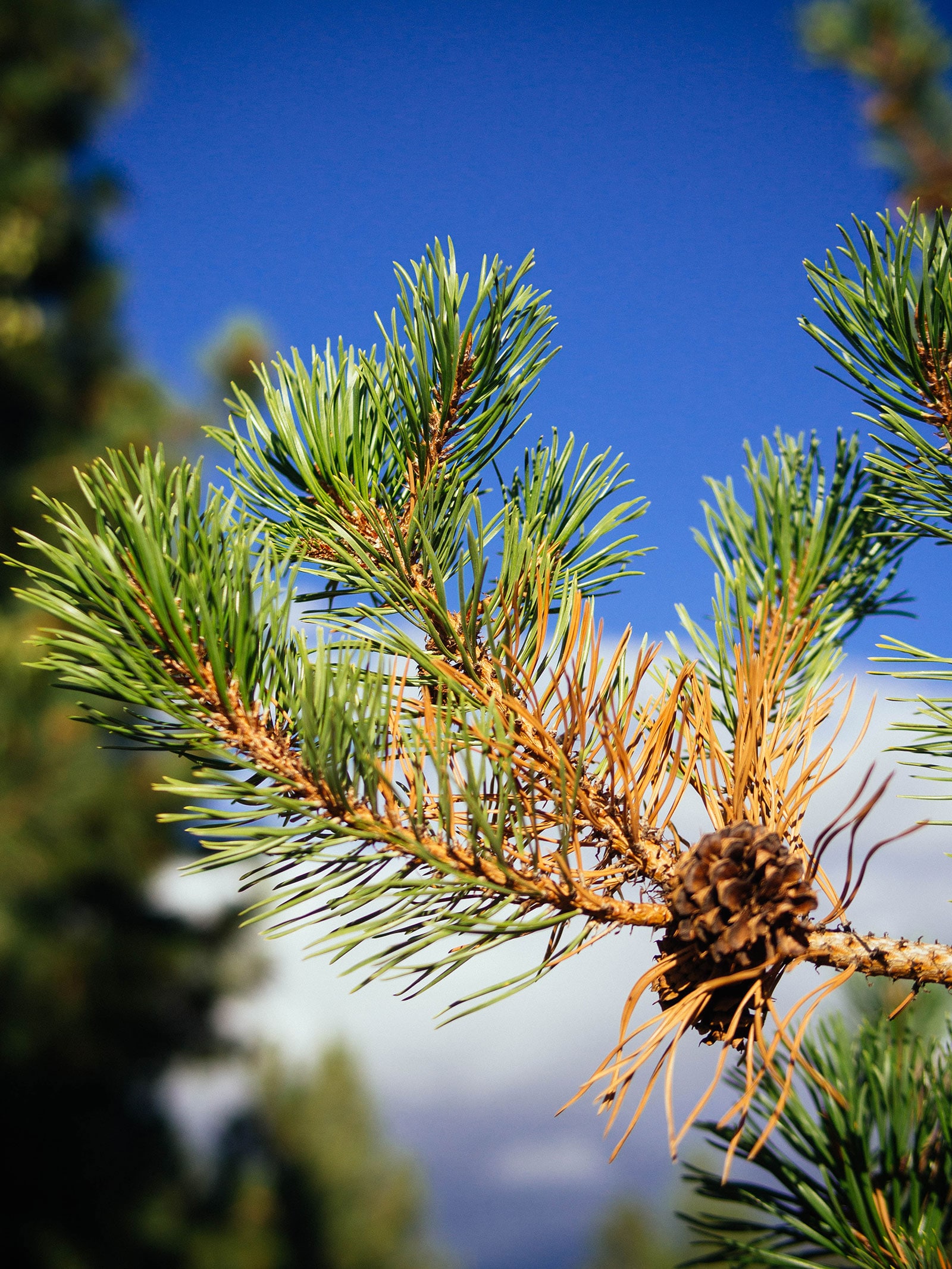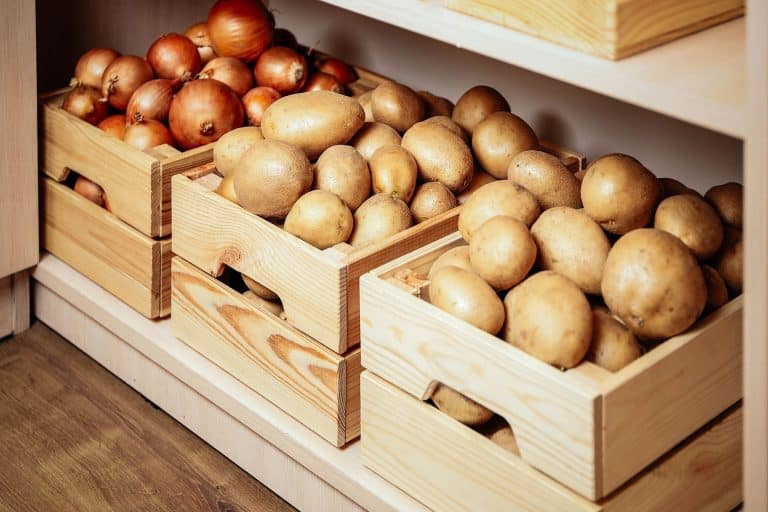In fall, deciduous trees are not the only ones turning color and dropping leaves—it seems like the evergreens are too.
Don’t panic! Nothing is wrong, and your evergreens are not all dying.
Though we know them as “evergreens,” common conifers like pine, fir, spruce, cypress, cedar, and arborvitae actually shed their old needles in late summer and fall as part of their normal life cycle.
Related: The Best Fast-Growing Trees for Privacy, Shade, Color and More
And it’s a good thing—by lightening their load before winter, the extra weight of snow and ice won’t bear so heavily on their branches.

How do conifers lose needles in fall?
From September through October, this yellowing or browning phenomenon shows as a change of color that starts from the inside out. It can be alarming to a gardener, especially if drought or pests have affected nearby shrubs and trees.
Though environmental stresses can certainly accelerate the process, seasonal shedding is normal and the rate of needle drop varies by species.
Needles generally begin dropping from the interior of a branch (not from the branch tips, which is a different issue altogether) and an otherwise healthy conifer can look diseased if it still has brown needles clinging to its branches. It’s nothing to worry about—those brown needles will fall on their own.
These inner needles are also the oldest ones, and as they get shaded by new growth, they photosynthesize less efficiently and are eventually shed.

If you want to make sure your trees are indeed just dropping old needles and not new ones, take a closer look at the branches to see where the foliage starts to fade.
If it looks anything like the diagram below (from Ask Extension), then you have nothing to worry about. Your conifer is simply going through a natural aging and shedding cycle.

Which conifers lose needles?
All conifers lose needles, but they vary in severity and timing, and even by color. Some inner needles may turn brown all at once, while others may show a progression from gold to rust to brown before the needles drop.

Sometimes the change is so dramatic, and the needle loss so abrupt, that you think infection is to blame. White pines are notorious for this, as they shed all of their needles except for the current year and sometimes the previous year, and can look pretty sparse all winter.
Other times you may not even notice the needles shedding, as the trees hang on to their needles for several years, and oftentimes new foliage conceals the old foliage while it turns color. This is true of spruce, which is so inconspicuous in its shedding that it retains its green or blue color year-round.
Then there’s the effect that drought has on conifers, even established ones. During dry periods, stems and needles don’t gain as much growth, so it’s not uncommon for conifers to shed up to half their needles (all the old foliage) in autumn.

How long do conifers keep their needles?
Needles on an evergreen tree can live from one year to several years, so most trees lose their old needles every couple of years to every five years or more.

But certain species, like the larch (genus Larix, which is common here in Central Oregon), dawn redwood (genus Metasequoia), and bald cypress (Taxodium distichum) drop their needles every year—the so-called deciduous conifers that are bare-branched in winter but green up again in spring.
Fortunately, old needles lost in autumn from healthy trees are replaced by new growth in spring.

Now, if you’re seeing browning at the tips of the branches, or an overall yellowing or browning at other times of year, these may be signs of other issues like pests (like woolly aphids or mites), diseases (like needlecast or tip blight), root damage from construction, winter dessication, or the affects of roadside salts. It’s best to call in an arborist to pinpoint the problem before it gets worse.
More posts about conifers:
- 7 Proven Tips and Tricks to Make a Christmas Tree Last Longer
- The Southern California Christmas Tree
- 10 Clever Ideas for Repurposing an Old Christmas Tree
View the Web Story on yellow or brown conifer needles.
















Hi Linda!
Interesting…
Thank you for confirming my suspicion that the brown needles on my trees are normal and just part of the natural cycle. I leave them in place when they fall as mulch, they seem to do a pretty good job controlling weeds/undergrowth, too. I enjoy reading the tiny-topic articles you post on Garden Betty like this one as much as the longer, in-depth ones, I always learn something. Thanks for creating and posting them!
I’m glad you find posts like this one helpful! Thank you for following my blog!